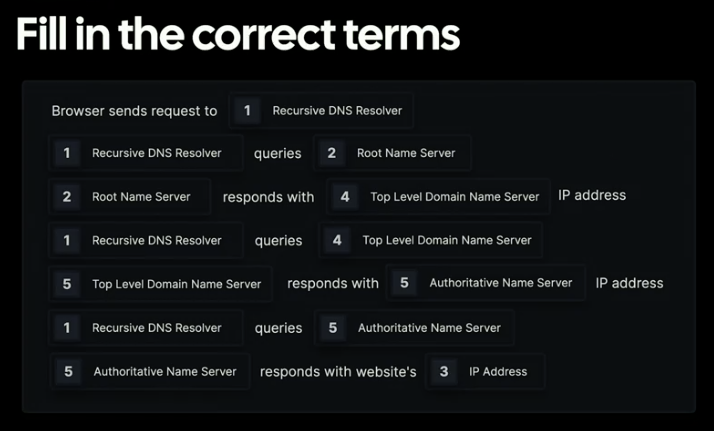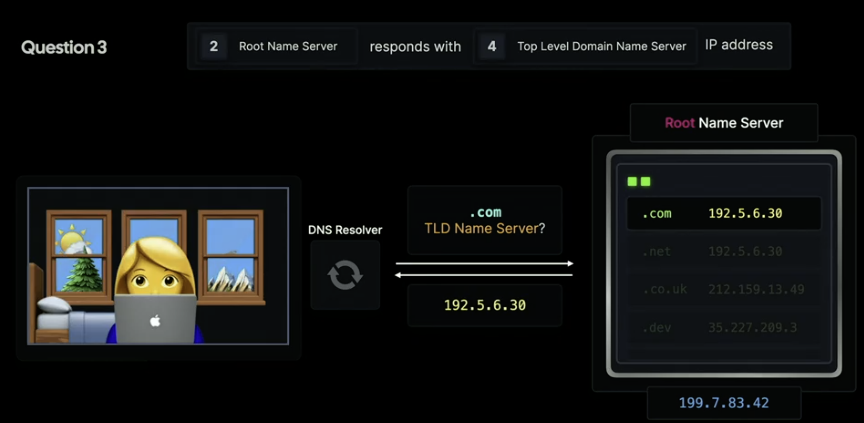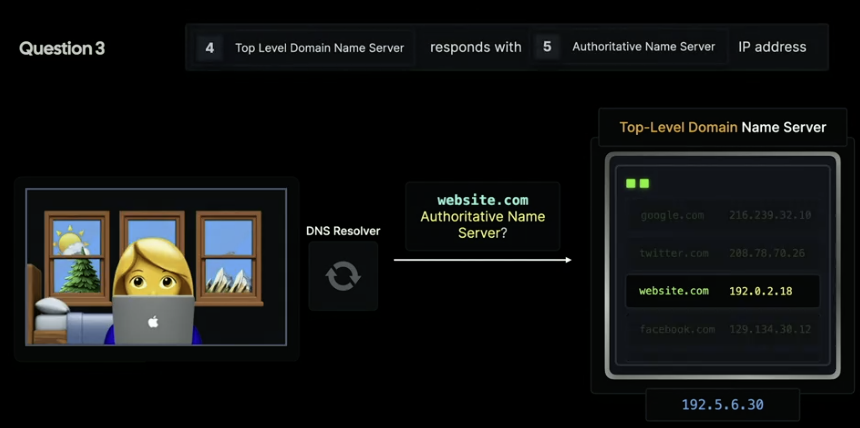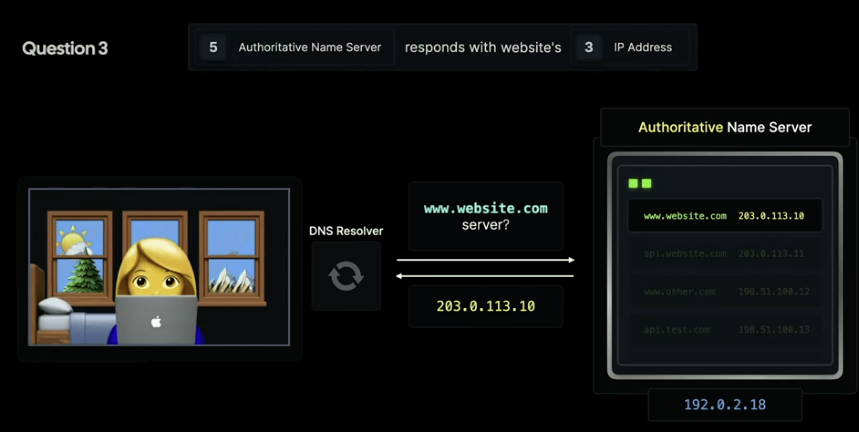
Recurisive DNS Resolver:
This is the first stop in the DNS query process. When you type a URL into your browser, the request first goes to the recursive resolver (usually operated by your internet service provider). The resolver is responsible for making all the necessary requests to find the IP address associated with the domain you've entered. If it doesn't already have the address cached from a previous request, it will ask the root name servers, then the TLD name servers, and finally the authoritative name servers for the domain.
Root Name Server:
This is the highest level in the DNS hierarchy. The root name servers direct requests for domains to the appropriate TLD name servers, which then direct the request to the authoritative name servers for the specific domain. There are 13 root name servers, labelled A through M, operating globally and they are the backbone of internet navigation.
Top-Level Domain Name Server (TLD NS):
The TLD NS is a part of the Domain Name System (DNS) hierarchy. It is responsible for knowing the information about which domain names (like .com, .net, .org, etc.) are registered under its authority and which authoritative name servers hold the IP address information for those domains.
Authoritative Name Server:
This is the final stop in the DNS lookup chain. The authoritative name server is the ultimate source of information for a specific domain. It holds the actual DNS records (like A record for IPv4, AAAA for IPv6, MX for mail exchange servers, etc.) for that domain.
When you want to visit a website, your browser doesn't understand the human-readable URL. it needs the IP address of server hosting the website. To get this, it sends the URL to the Recursive DNS Resolver,

which then breaks the reuqest into parts and first asks the Root Name Server about the TLD NS responseible for the ".com" part.

Root Name Server points the resolver to the TLD Name Server

The Recusive Resolver then queries the TLD NS, which in turn provides the address of Authoritative Name Server responsible for "www.website.com".


The Recursive Resolver queries the Authoritative Name server, which finally provides the IP address of the website.


This IP address is returned back to your browser, and the browser then knows where to send its request to load the website.